
Renovating a villa, hunting for white truffles, eating and wine tasting in Piedmont, Italy
Restaurant Review - Ristorante Bovio
Restaurant Review - Ristorante Bovio, La Morra, Piedmont, Italy. I review this restaurant run by the historic Bovio family and remember my first white truffle meal a decade ago served by Mr. Bovio himself at their former location, Ristorante Belvedere, also in La Morra.
Memories come streaming back to me as I sit down for dinner with Franco Frutta at Ristorante Bovio located just outside the village of La Morra, one of the five primary Barolo wine producing villages. I remember my first experience with white truffles while visiting and photographing the famed Ristoranta Belvedere, then owned by the Bovio family, in the center of La Morra. It was a crisp autumn day in 2005 with crystal clear views of the Italian Alps on one side and the mesmerizing undulating landscape stretched out below me covered in nebbiolo vineyards whose grapes transform into the ethereal and age worthy Barolo wines. This has become my home. I have claimed this land as my own. Mr. Bovio, way back in 2005 while speaking to me, was filled with such extreme pride and passion for his region it was as intoxicating as the aroma of the giant white truffle he proudly displayed for my photographs that cold day.
Fast forward to this evening. His daughter Alessandra is now running Ristorante Bovio while her father Mr. Bovio lives above, wheelchair bound, but still greets customers with enthusiasm in the restaurant when he can. Franco Frutta and I are led to our table. The restaurant is divided into smaller dining rooms and the maximum capacity is approximately 70 seats in total. There are ten services per week which include lunch and dinner Friday - Tuesday. This is a hard reservation to get without making a reservation weeks, or even months, in advance depending on the season. The chairs are comfortable, the staff extremely efficient and polite, and the ambiance hushed with anticipation but pleasantly relaxed and convivial. There are six people working in the kitchen and four people working not the floor. Service is impeccable.
There are bread rolls and grissini on the table with a bowl of butter, the bread is somewhat dry but the grissini purchased from a pannetteria in Alba are delicious. Menus are presented along with the monstrous wine list which I study for a good ten minutes searching for potentially overlooked bottles. Wine prices are fair but by no means a bargain. We decide on our antipasti and primi and agree on a bottle of wine to begin our meal.
The wine, 2005 Valferana from the Azienda Vitivinicola Nervi located in the village of Gattinara, Piedmont, is presented table side and is simply outstanding. The wine is made with 100% Nebbiolo and aged for a minimum of five years in large oak casks. Franco Frutta smiles with enthusiasm, he is absolutely delighted to discover this wine. With the wine we are presented with a breaded and fried zucchini flour stuffed with salsiccia (fresh sausage) which my older daughter Isabelle adores. This version is very good except for the fact that they leave the stem attached which, Franco Frutta, confirms, is almost never eaten.
Our antipasti arrive and they present two stark contrasts in style. First the 'Trance di baccala su crema di topinambour e salsa di acciughe' (Slice of salted cod with cream of Jerusalem artichokes and anchovy sauce) is absolutely beautiful to look at, sits on a hot plate, and the fish is cooked to absolute perfection. The only drawback, for me, on this plate is the sprig of fresh thyme. Truth be told, I am not a fan of food served on a plate that, while edible, is merely placed for decoration. A small sprinkling of fresh thyme leaves would have been perfect. The second antipasti is the 'Millefoglie di peperoni di Cuneo con tonne e capperi di Pantelleria' (Roasted peppers with tuna, capers, anchovy, and green salad) also comes on a hot plate, has many diverse colors, but the salad leaves that surround the roasted peppers quickly wilt. The dish, although not as beautiful, is equally delicious with peppers from carmagnola that add a really enjoyable hit of heat while the salad leaves are an unnecessary extra. I savor the wine between courses.
For our primi piatti we order, without hesitation because I've never seen this on a menu although I've photographed a book on the subject (link at the bottom of this blog), 'fettuccine di farro monococco con calamaretti, gamberi rossi e triglie' (Fettuccine made with einkorn flour and served with squid, red shrimp, and red mullet). Our second primi is 'Lasagnetta di verdure autumnal gratinata su fonduta di parmigiano e basilico' (A single portion of lasagna gratin made with seasonal vegetables, parmesan fondue, and basil). All plates are steaming hot as is the food. The Einkorn Fettucine looks dry but is in fact is toothsome and bursts with brilliant seafood flavors and is served in a generous, but not overly abundant portion. The single portion lasagna also is a good size and the pasta is very thin and not dry which for me is a success. The drawback on this dish is the bay leaf on top for decoration that simply gets discarded.
Our secondi piatti arrive, almost too quickly, but expertly prepared. I have the 'Capretto di Alta Langa arrostito al forno con verdure' (Roast baby goat from the Alta Langa with vegetables) and Franco Frutta has the 'Trancio di peseta, verdure croccanti e mayonnaise di olive taggiasche e capperi' (Slice of fish, crisp vegetables and mayonnaise with taggiasche olives and cappers). The baby goat is glistening and the meat is delicate, savory, and sticky with goodness. The slice of fish is less interesting as is the sprig of rosemary topping the dish. How can we pass up dessert? I ask the waiter for ten minutes to savor the wine before we delve into the sweet course.
I can't leave without trying 'La Panna cotta con fruity di bosco' (Panna cotta with berries) and Franco Frutta orders the 'Sformato al cioccolato Gobino blend 75% con gelato al pistacchio' (Warm chocolate cake with a Gobino blend of %70 percent chocolate and served with pistachio ice cream). For the most part, until dessert, the plates have straddled between simple modern and slightly old school. The desserts are both topped with a generous sprinkling of powdered sugar which, unfortunately takes away from the very well prepared panna cotta and warm chocolate cake. Additionally, there are unripe strawberries served along side for decoration. The desserts are so delicious that they would happily stand on their own.
It was a delight to eat at Ristorante Bovio. Although there were some extras that could be considered missteps on the plates, the food is served warm, very well executed, and reasonably priced, the service seamless and outstanding, and the wine list has great selections from smaller budgets to top dollar wines covering numerous vintages. I look forward to returning.
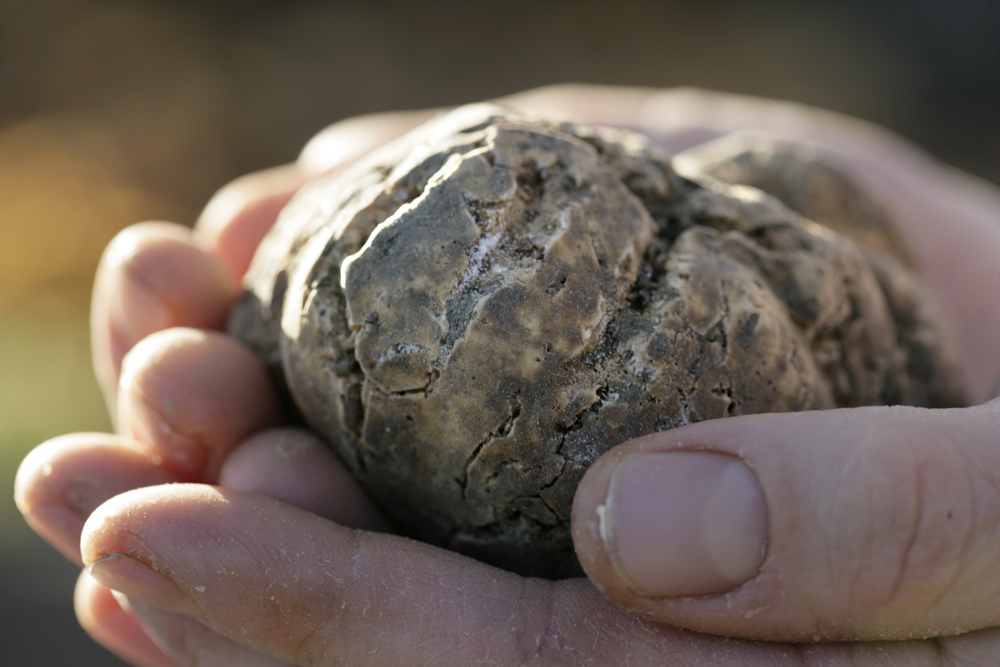
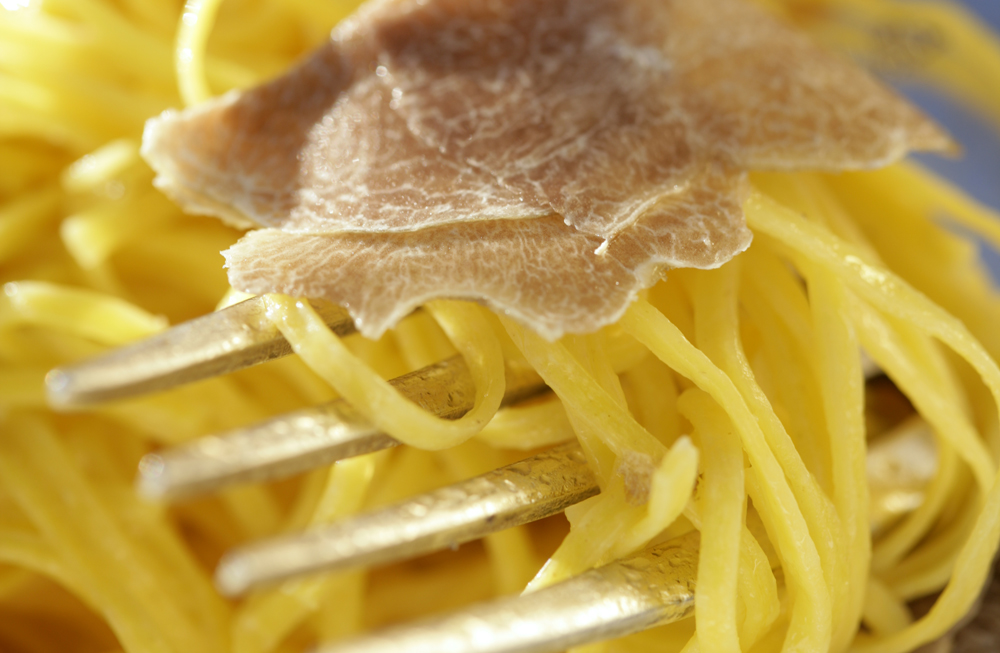
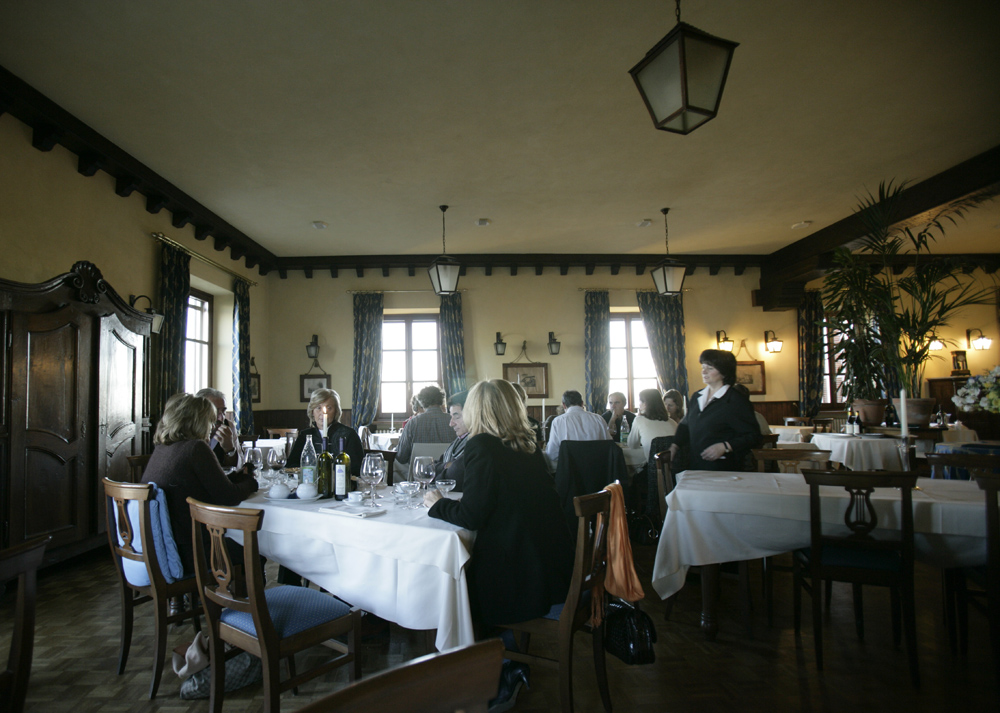
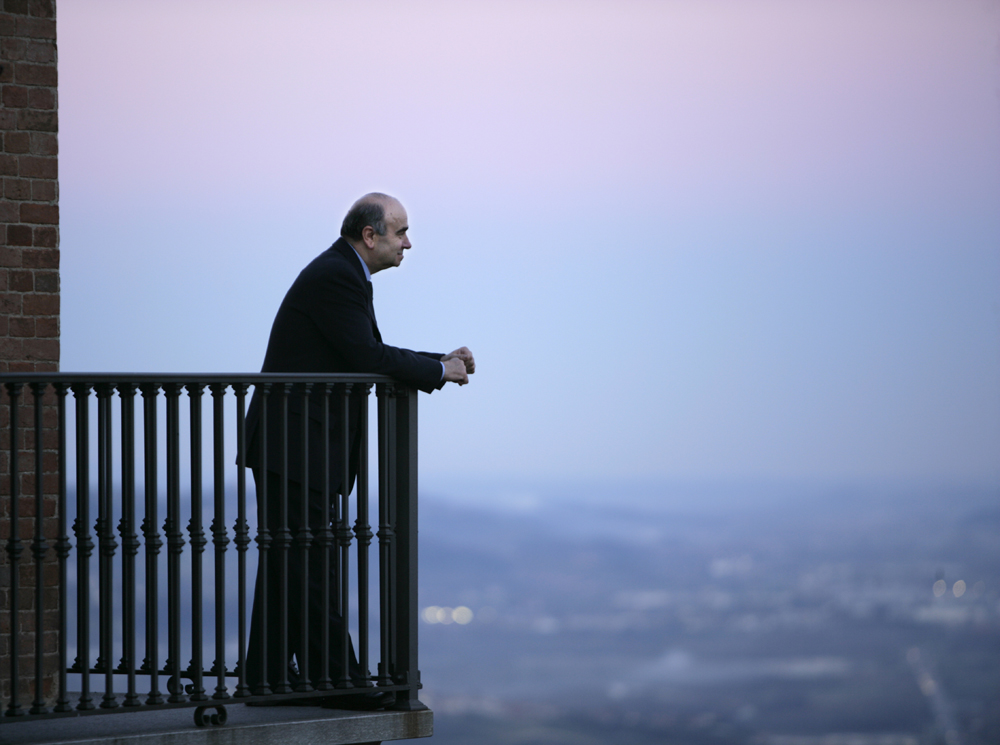
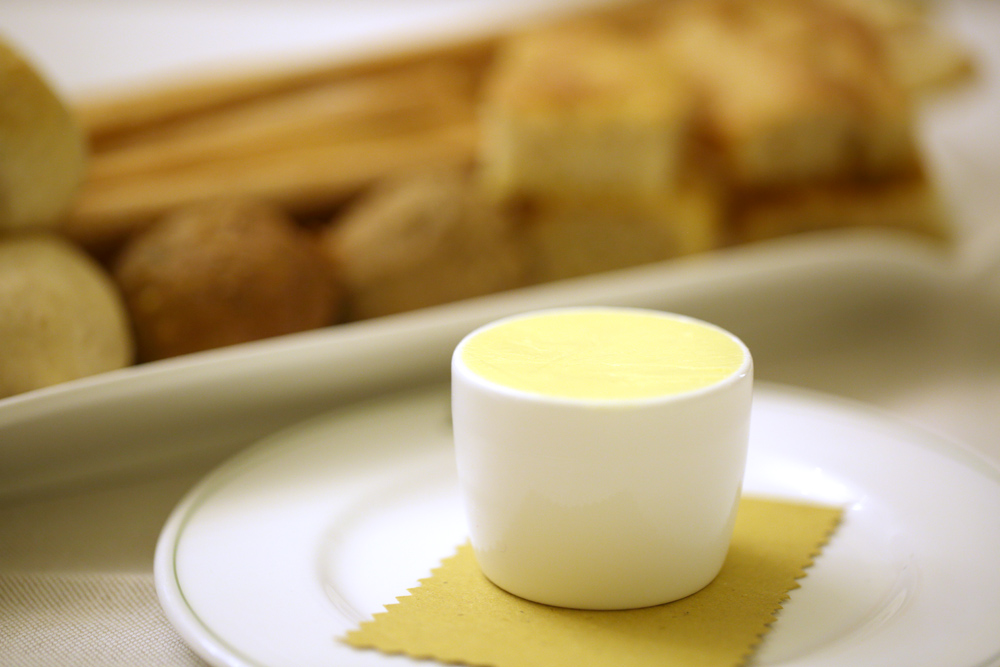
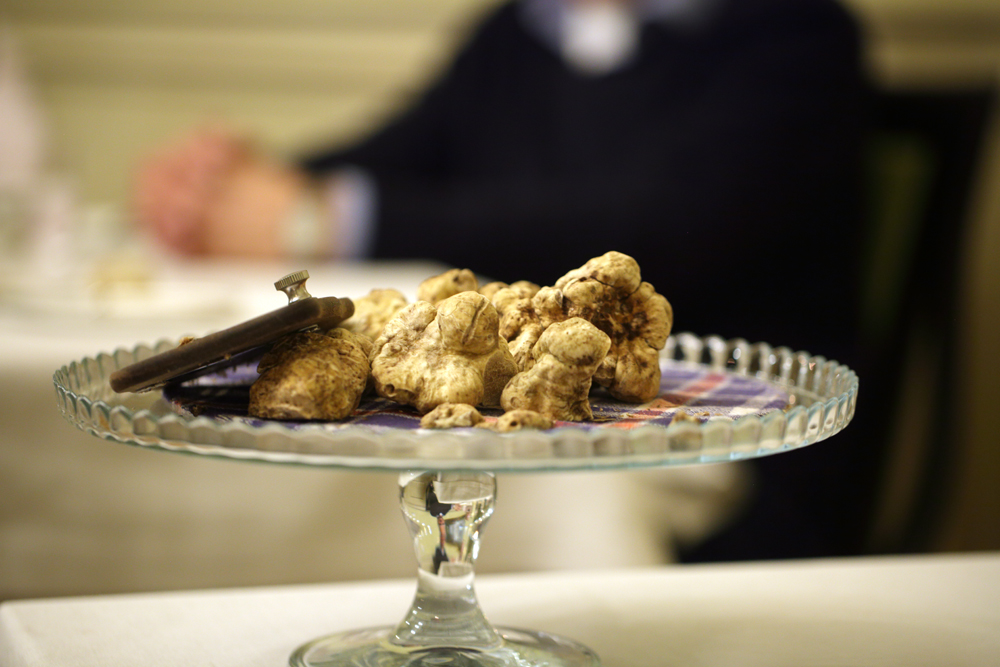
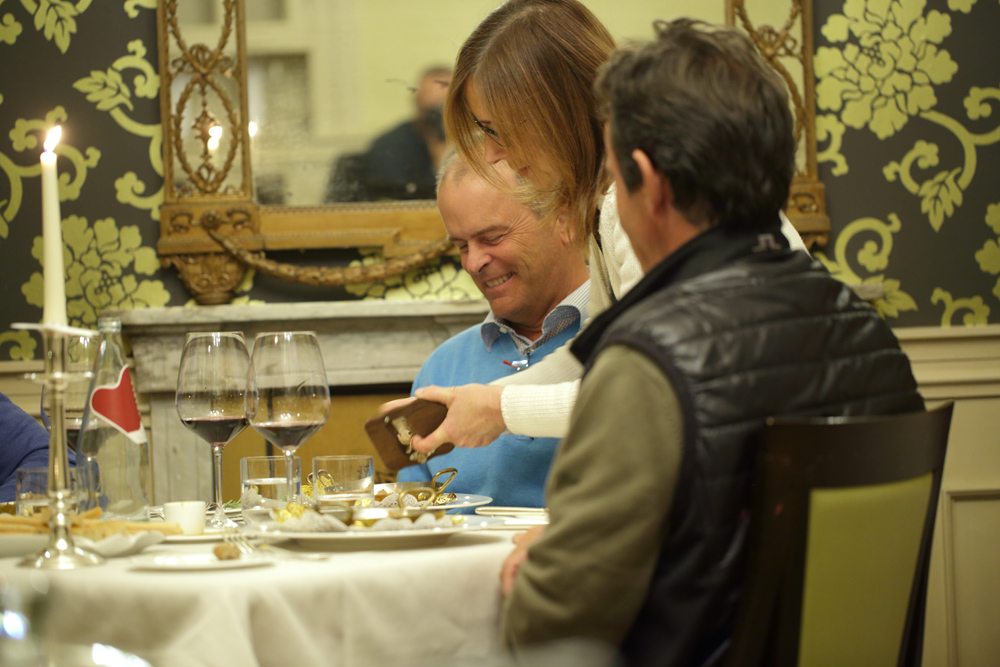
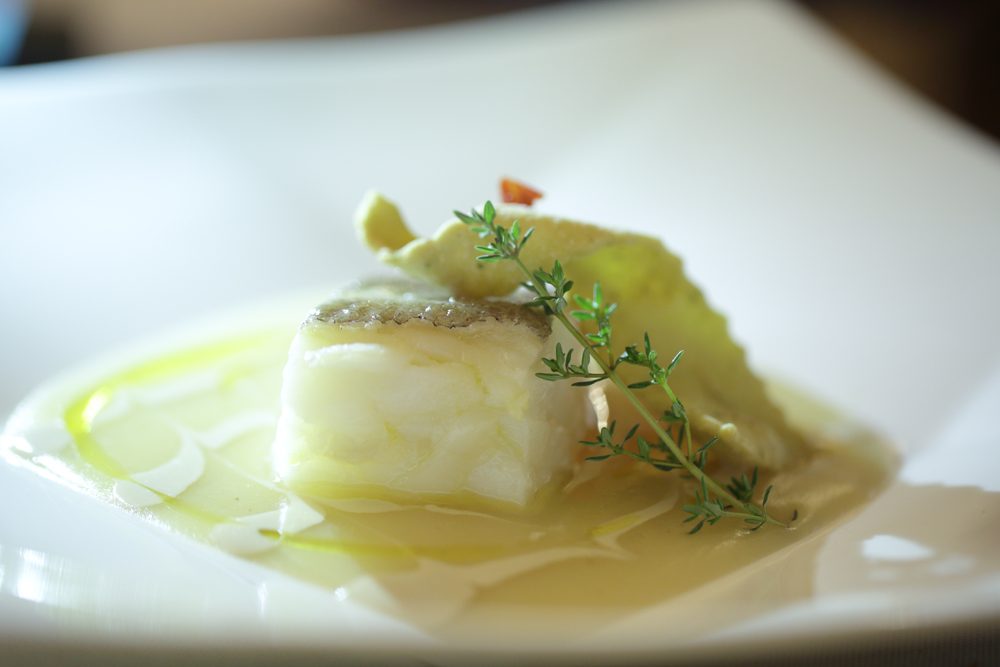
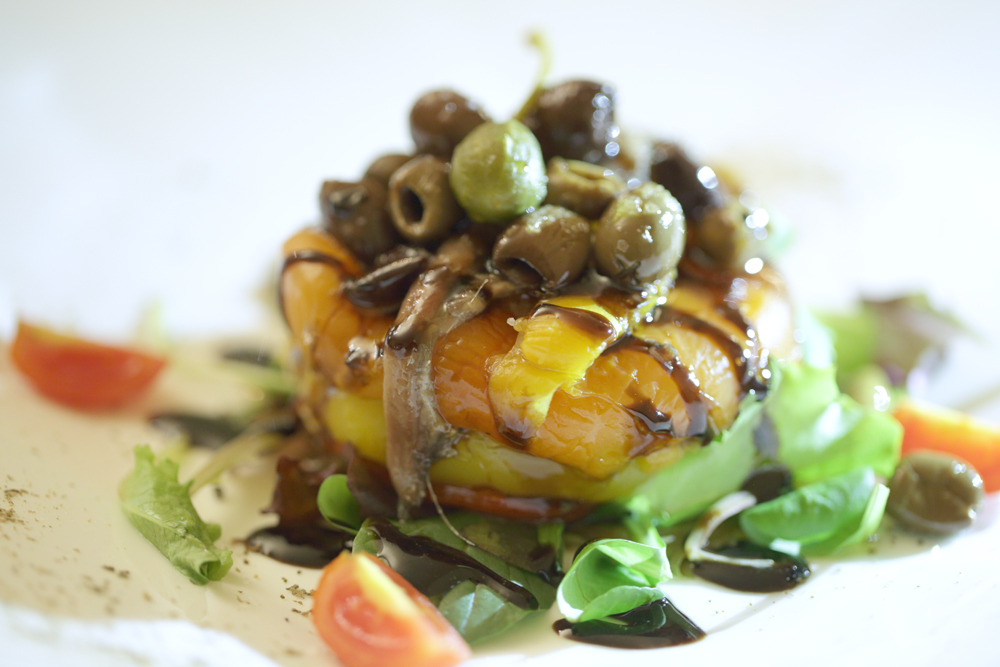
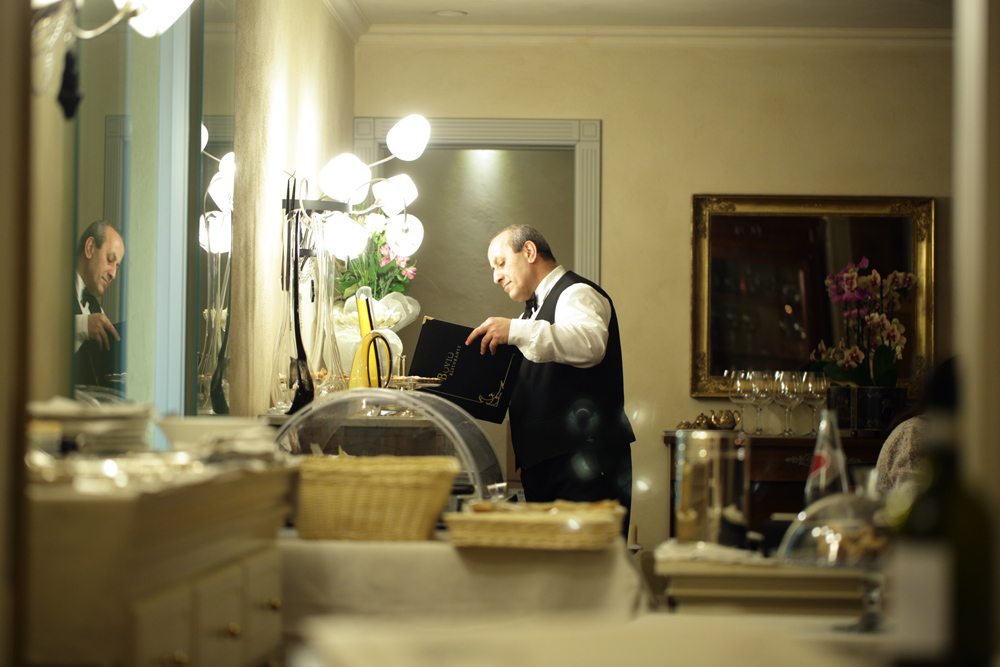
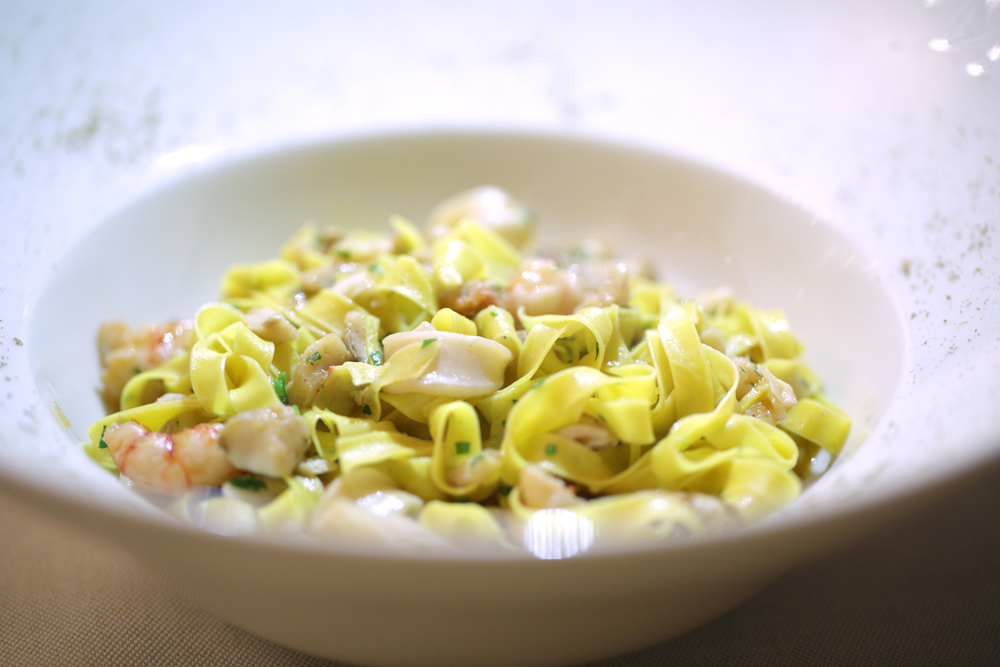
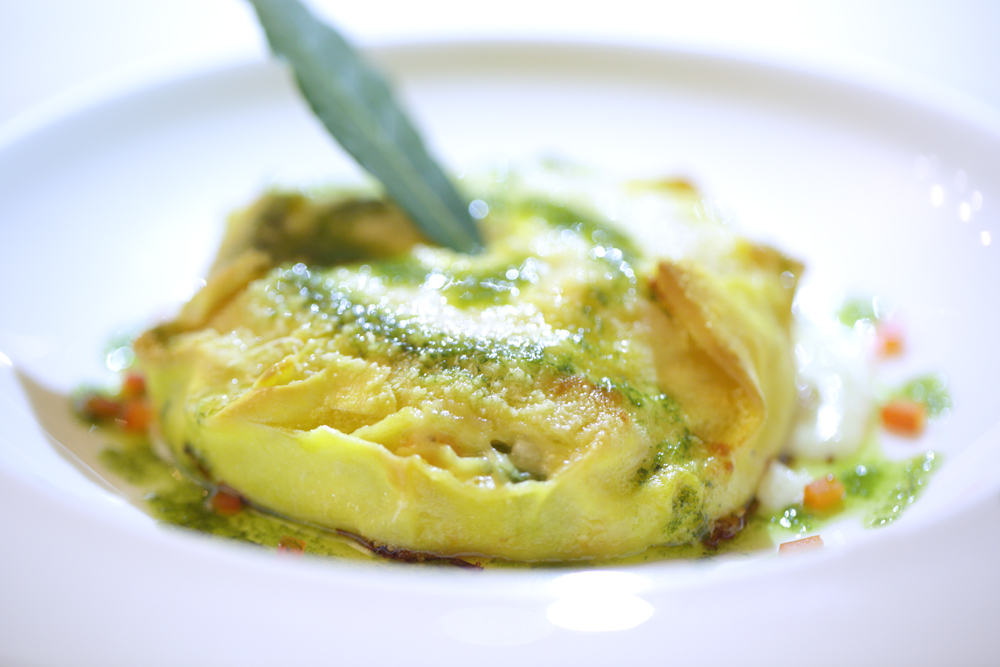
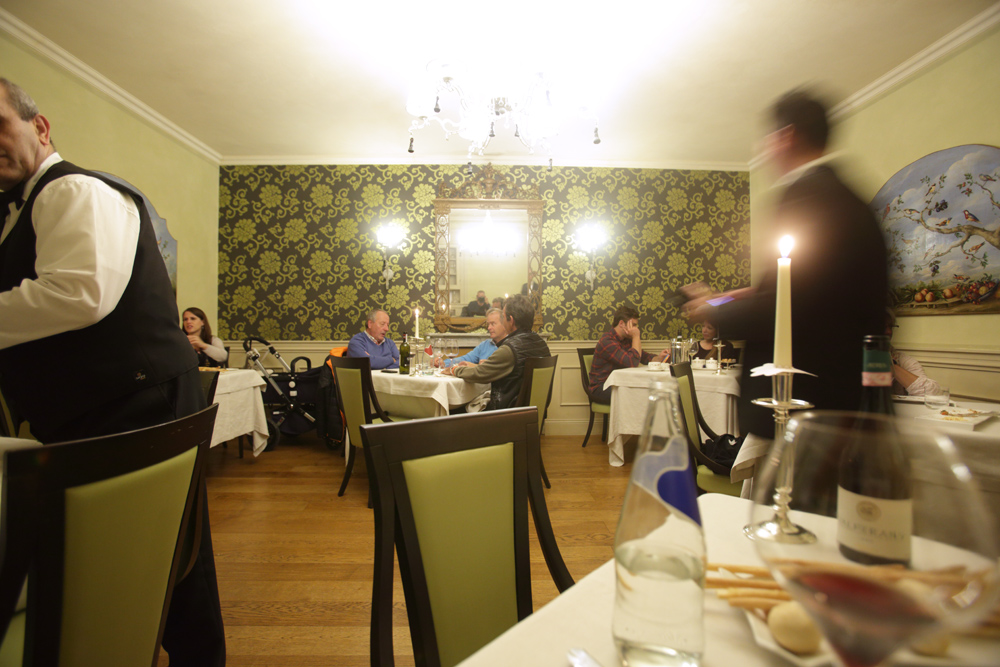
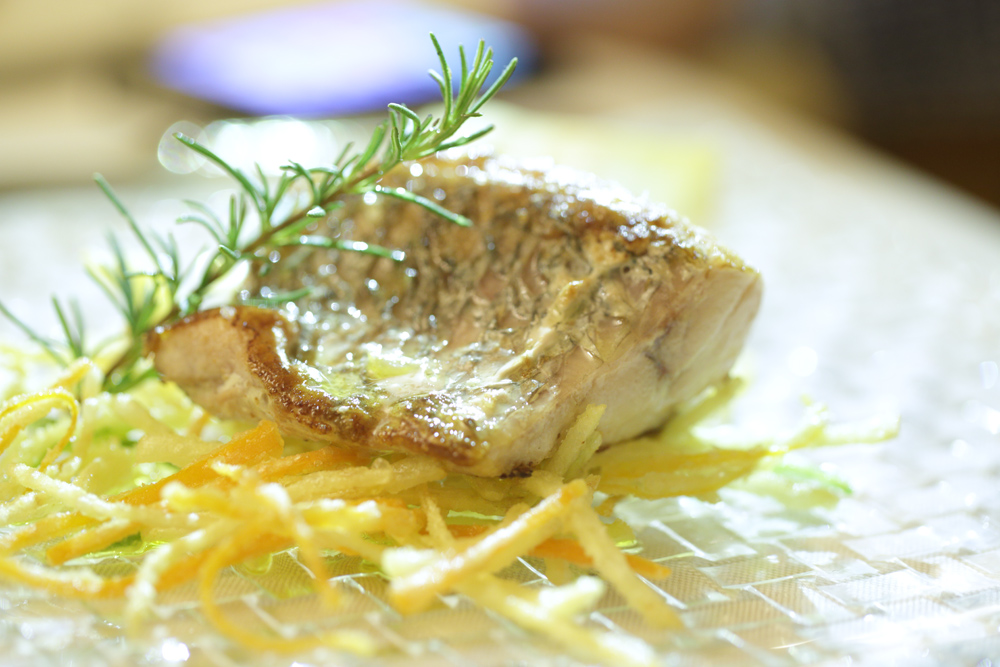
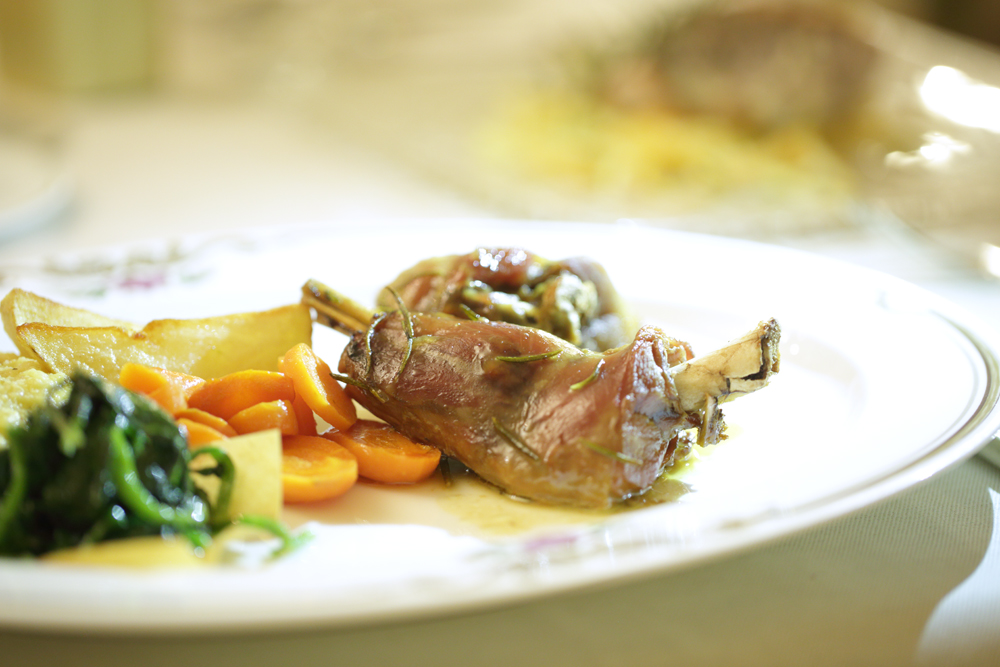
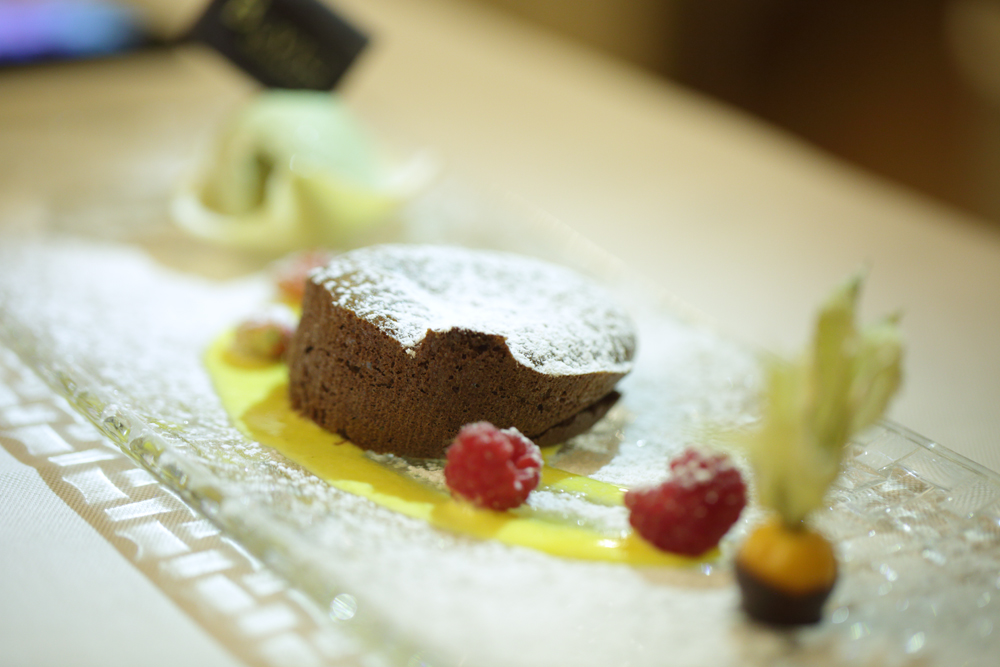
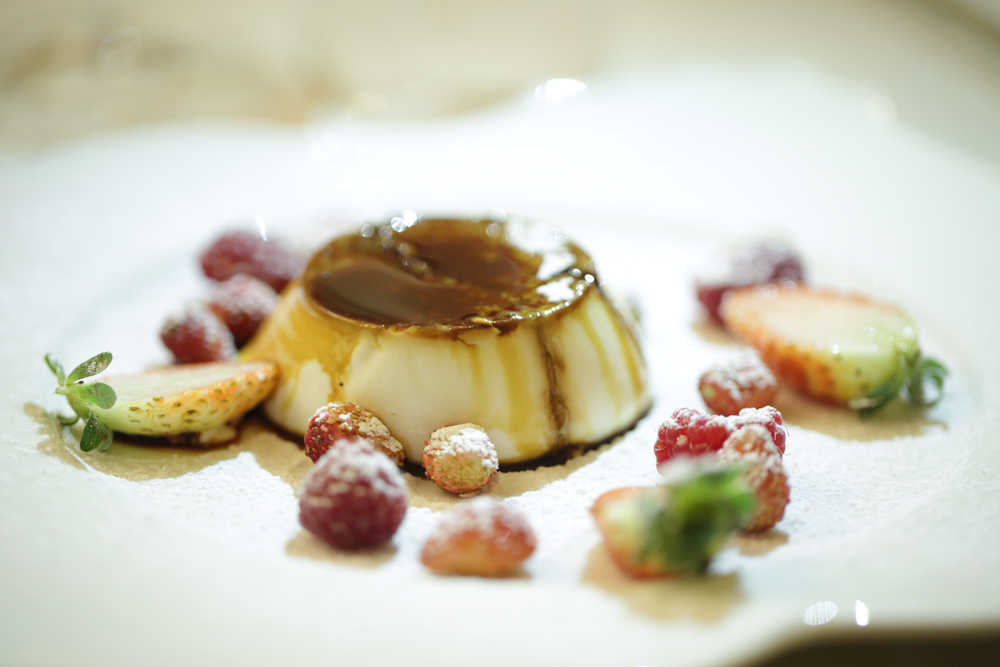
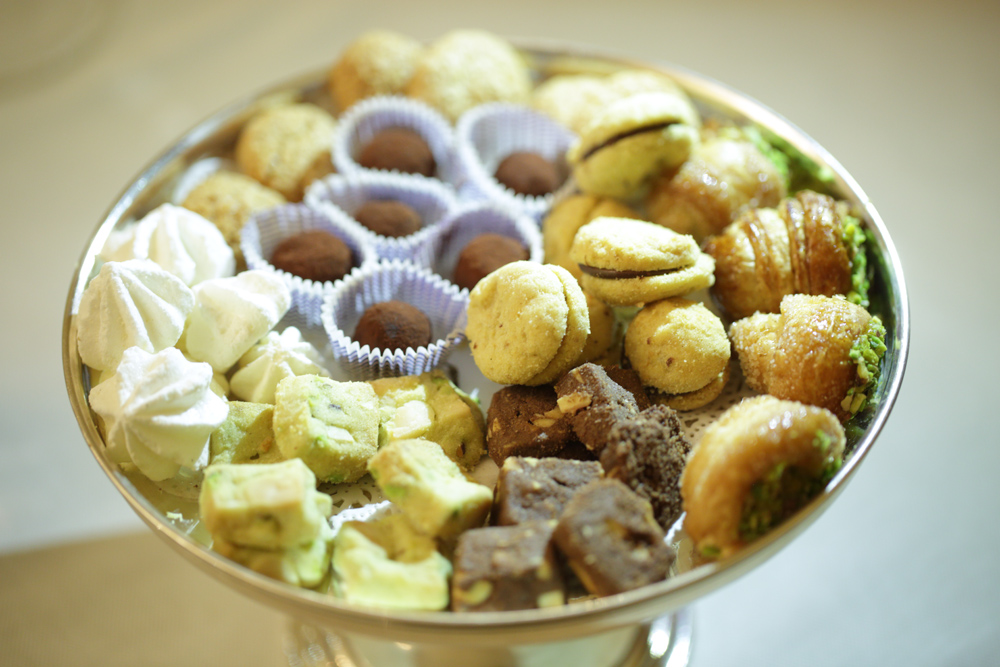
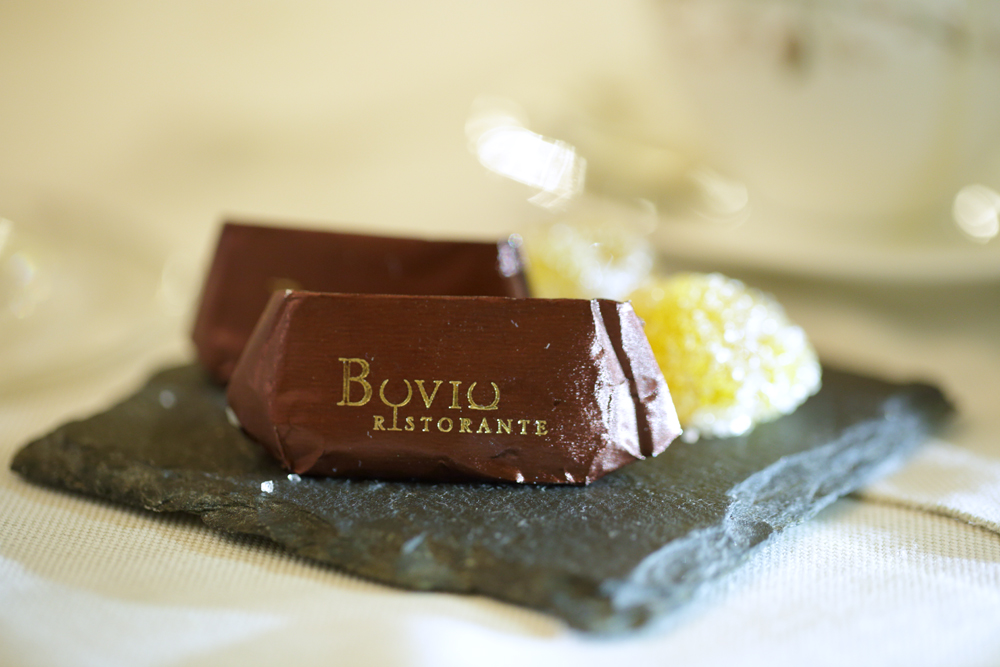
All photographs copyright 2015, Clay McLachlan
Restaurant Review - Osteria Battaglino, Dogliani
Osteria Battaglino in Dogliani, Piedmont, Italy
Marco Battaglino, age 35, is at the top of his game right now at his eponymous Osteria Battaglino. You can view his website at that link, but don't judge the website, he 's focused on his food much more than promotion online. Battaglino takes inspiration from the traditional recipes of Piedmont and makes them better. He cooks with passion and creates local dishes sourcing ingredients from passionate producers that anyone from our children to the most discerning food aficionado would crave. Battaglino makes food that he wants to eat including a delicious array of seafood that is a spectacular compliment to the rich and filling food of the Langhe.
Flavia Bergamo, in charge of front of the house, is warm and welcoming, honest and generous. They have a huge representation of wines from Dogliani as well as a great selection of wines from Barolo and Barbaresco. When visiting Piedmont, food and wine are at the top of everyone's list of important daily tasks (it's a tough life but someone's got to do it, right?). I would highly recommend the carne cruda, hand chopped raw veal, often topped with white truffle in autumn. The meat is sourced from a single producer located in the small village of Briaglia where the animals feed on grass and live outdoors year round. When I visited this farm I realized that, if possible, I would try and only eat meat from this producer as it is that much better than the rest. The whole roasted onion stuffed with sausage and cheese, a piedmont classic, is outstanding as is the raw sicilian red shrimp, a melt in your mouth change from the traditional langhe fare.
Pasta here is not to be missed. You can visit any Osteria in the Langhe and most make their pasta by hand daily, but I would say that although you may find equal, you will never find better. Again, Battaglino uses locally sourced flour and fresh farm eggs to make his traditional tajarin and ravioli, 1 kg (2.2 pounds) of flour with 46 egg yolks. This is a delicious pasty packed with protein and when you are here in autumn, this is the perfect dish to have topped with white truffle shavings. Our daughter devours a bowl of this pasta served simply with butter or olive oil every time we eat here. Another option is gnocchi made with fresh pumpkin which is divine and during autumn is served with fresh porcini mushrooms or the agnolotti del plin.
Second's can include bollito of bull or chicken. I have to remind myself how crazy it seems to order boiled meat in a restaurant, wasn't this the food we tried to get away from? In fact, these dished are stunning due to the quality of meat, the simplicity of preparation, and the stunning accompanying sauces which include bagna verde (anchovies and parsley), freshly made mayonnaise (I hate mayonnaise in a jar and I love this!), and a tomato salsa. Truly brilliant. If you don't want meat, then choose any of the fresh fish on offer simply roasted in the oven with spinach, tomatoes, capers and olives, simple and perfect.
While there are a good selection of desserts, the one not be missed is the zabaione. Battaglino comes down from the kitchen whipping up this froth of goodness and pours it into your dish table side, it's the best I've ever had. Run, don't walk, to this cozy sensational food destination.
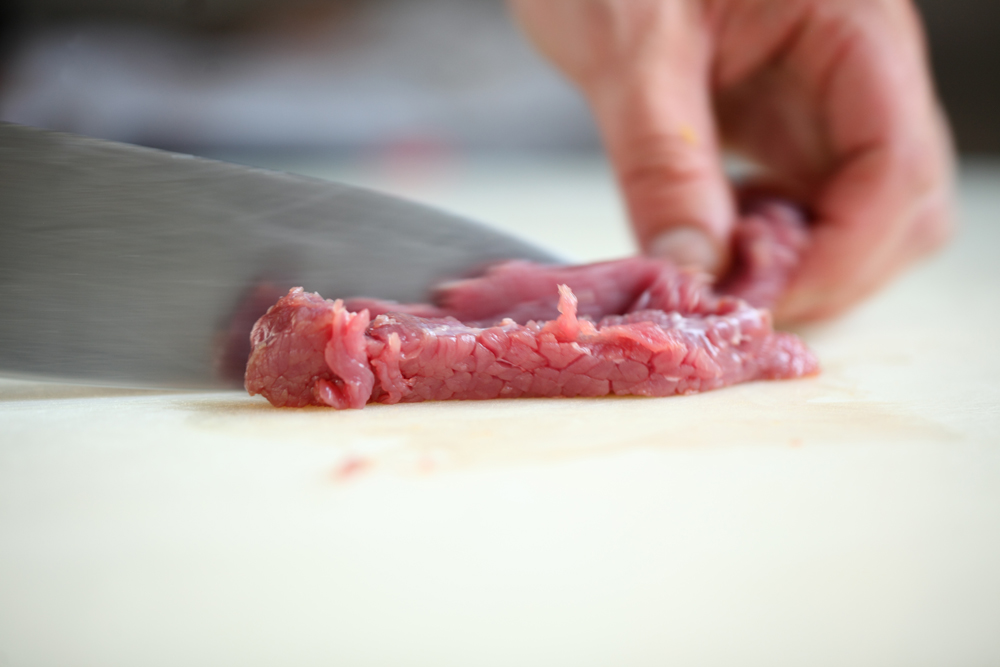
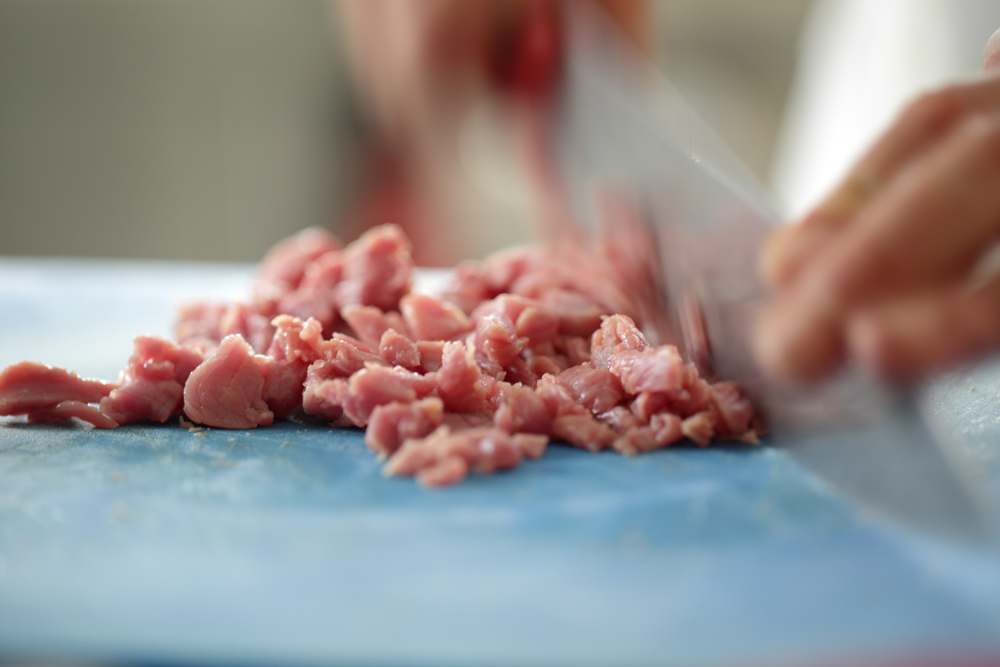
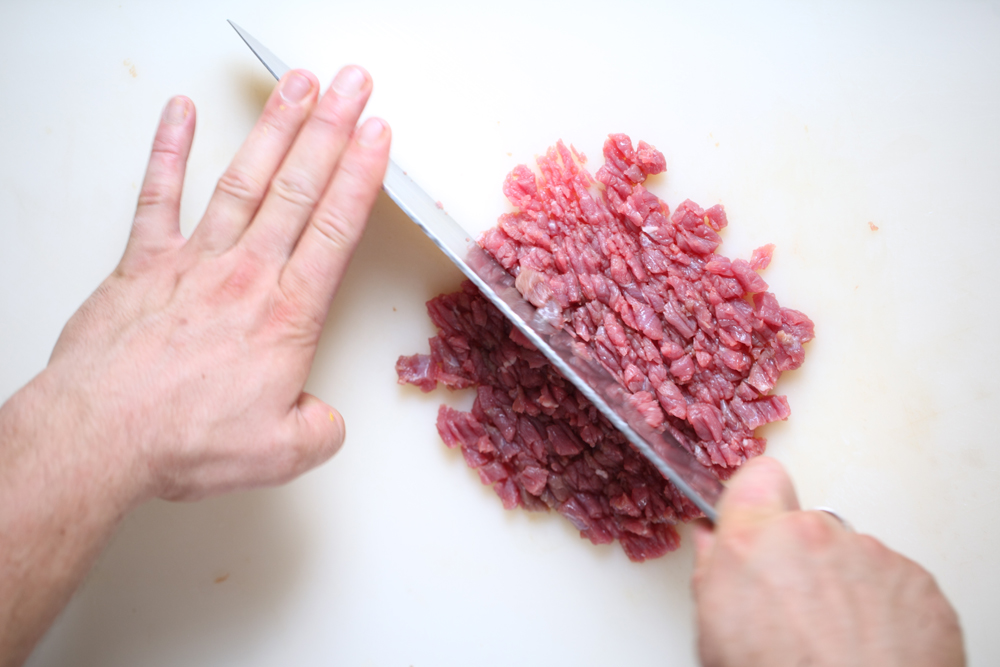
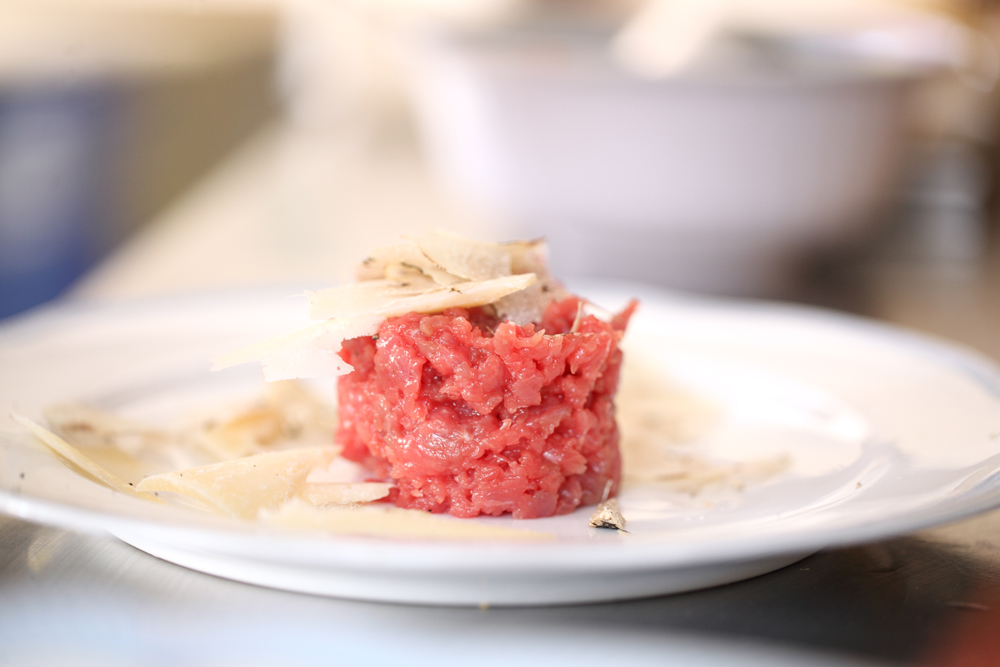
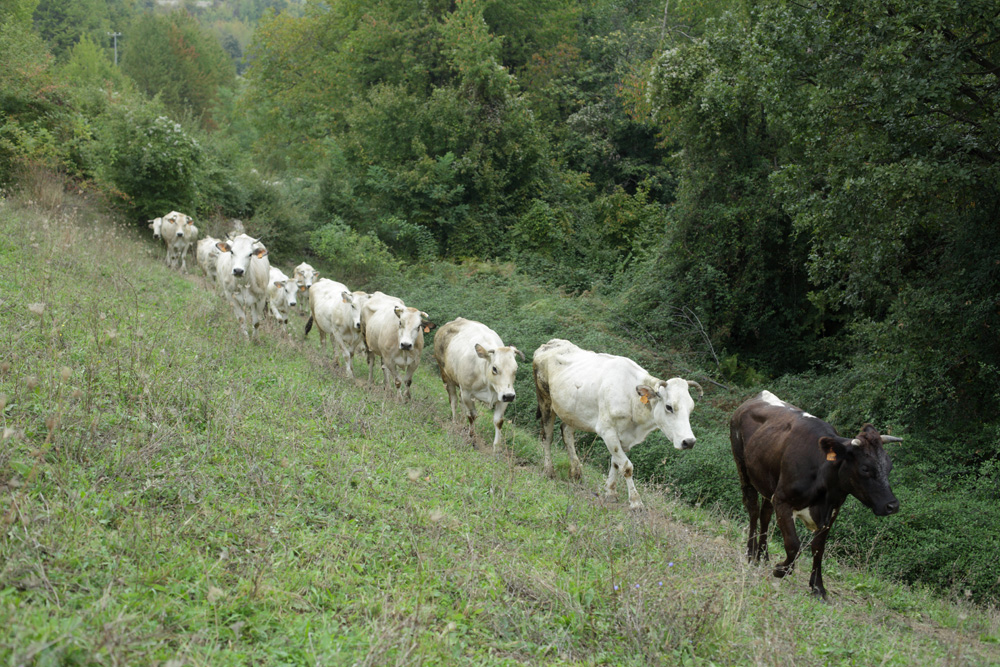
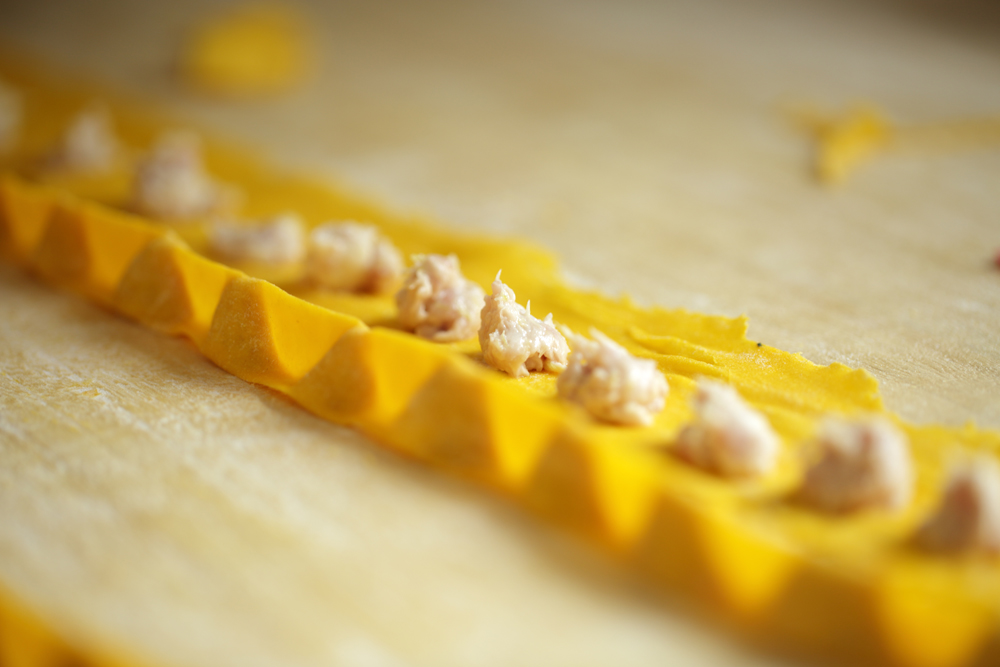
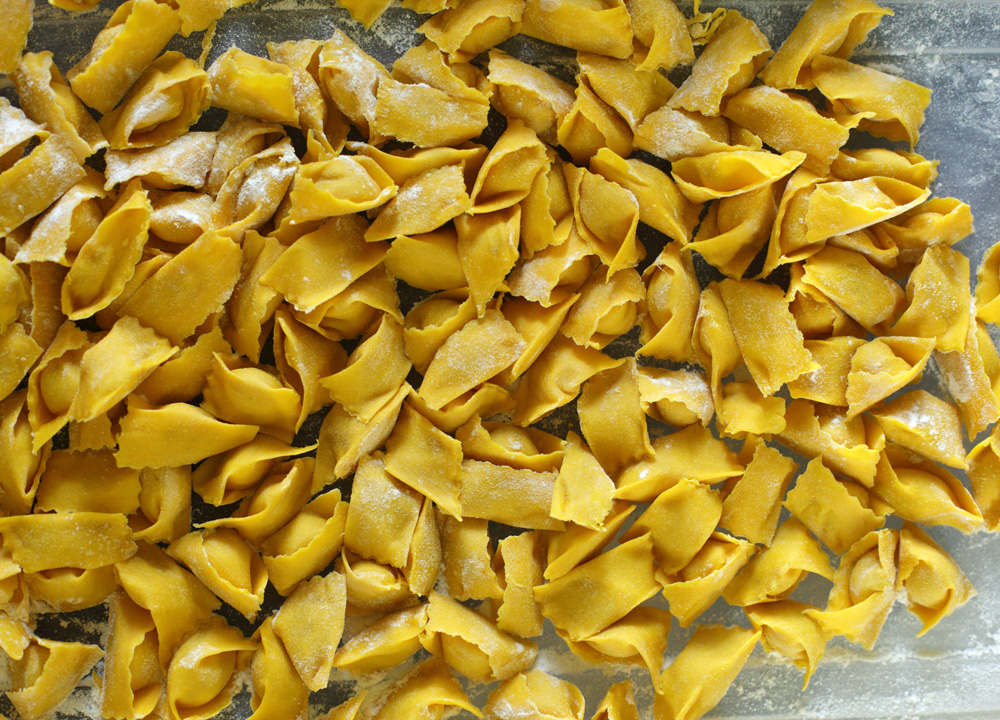
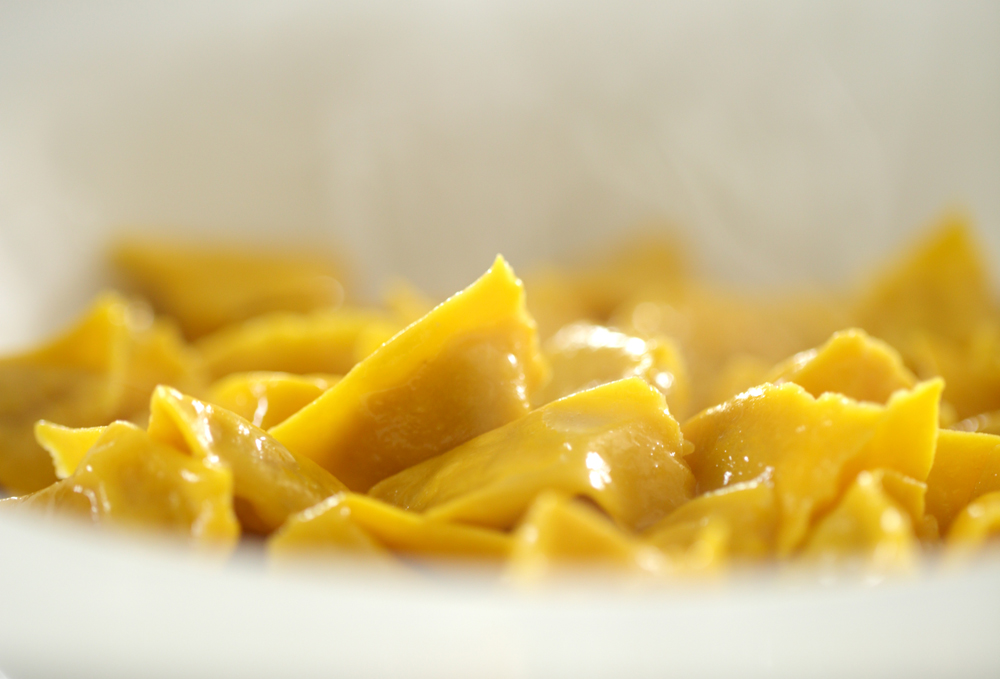
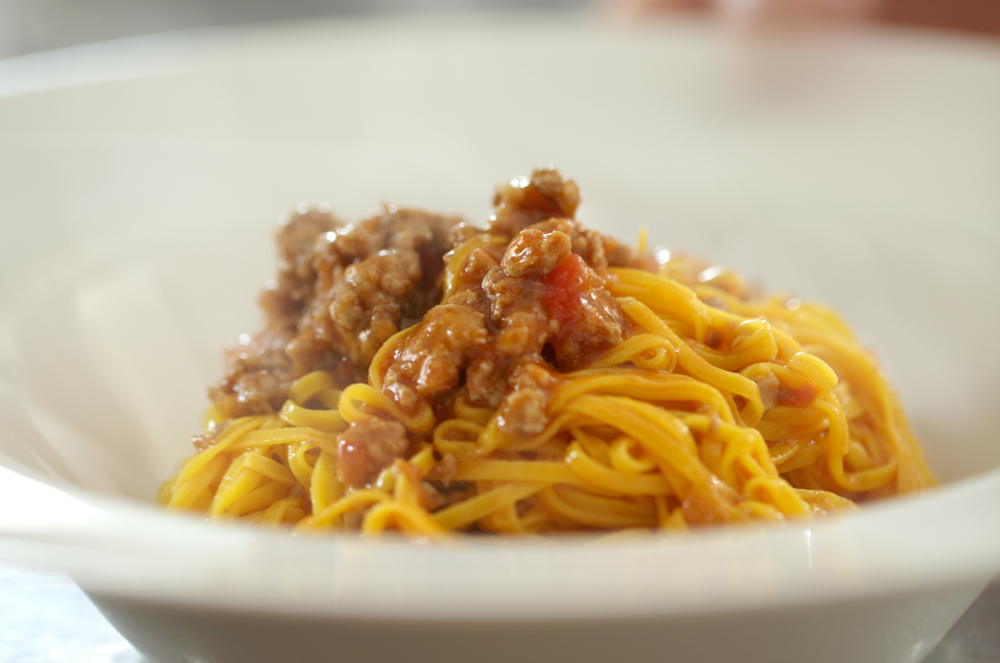
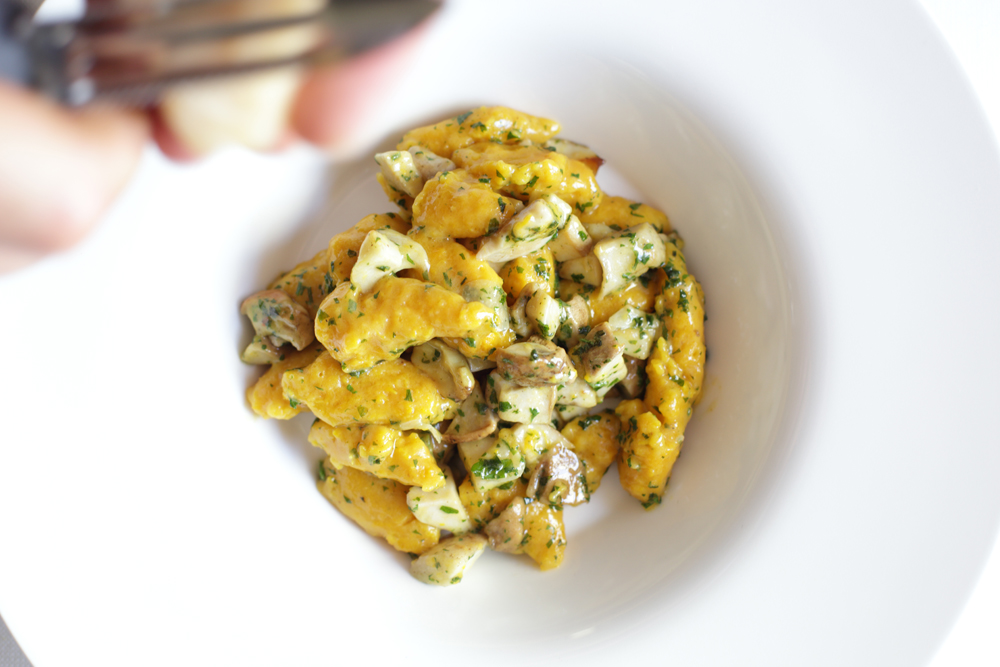
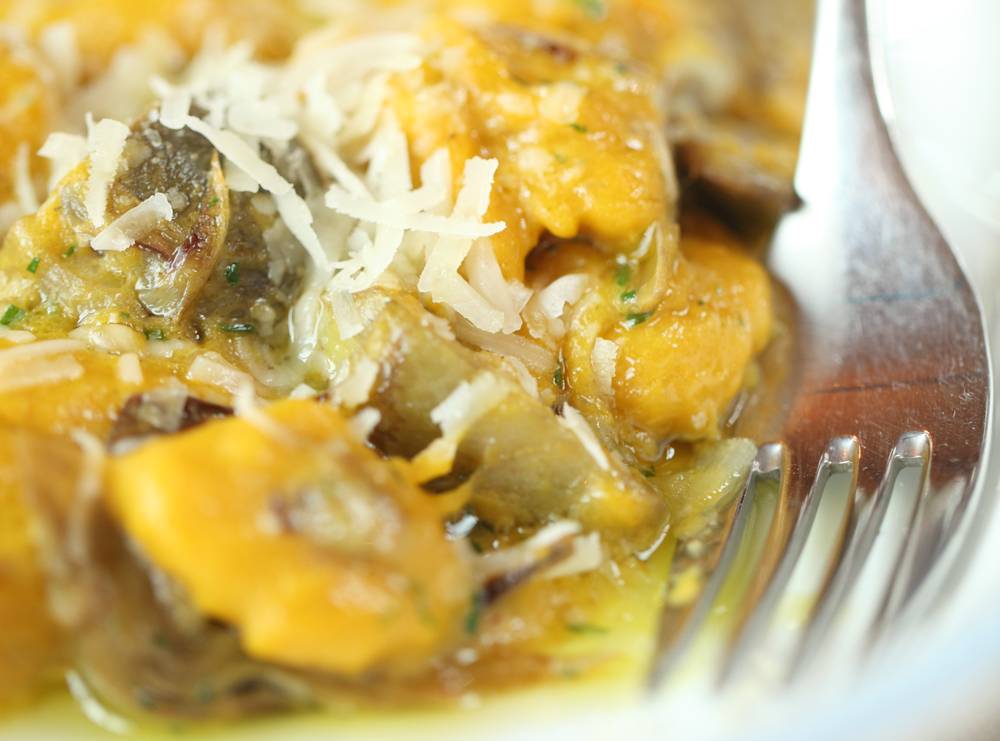
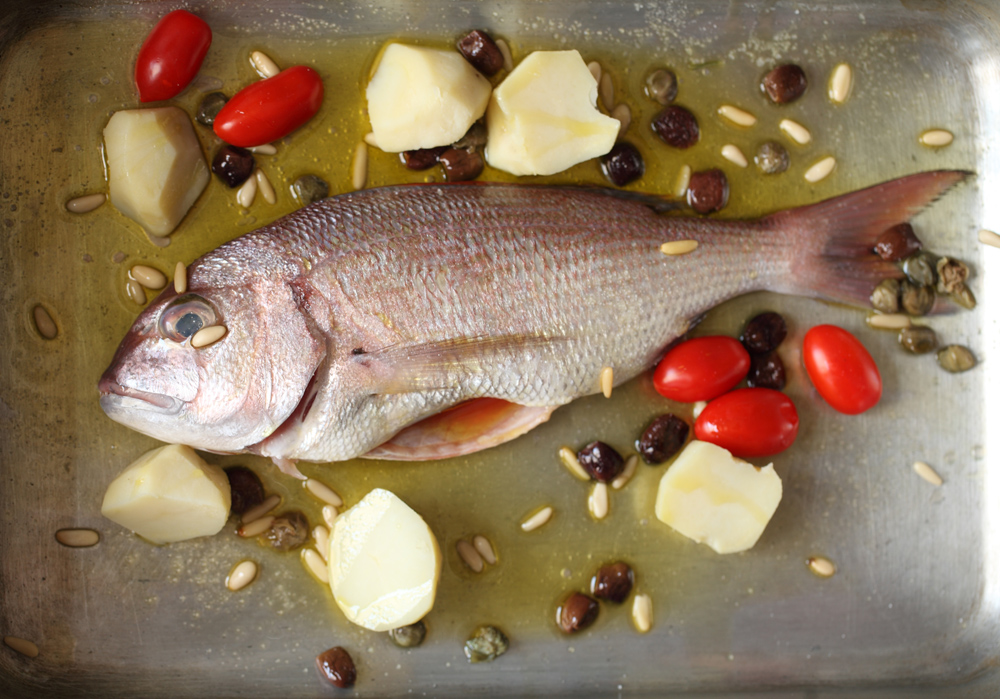
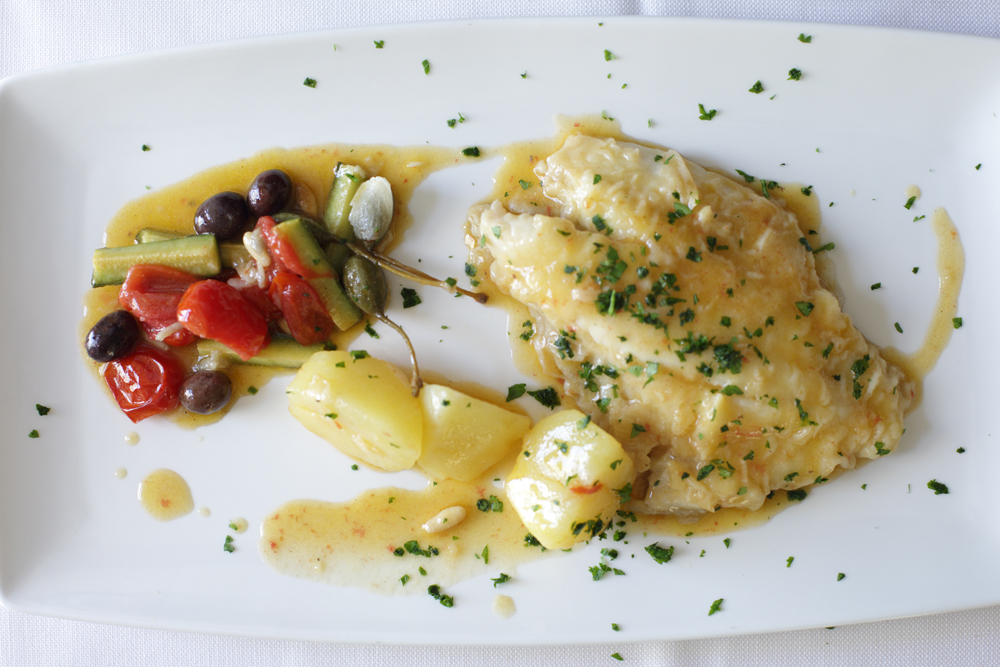
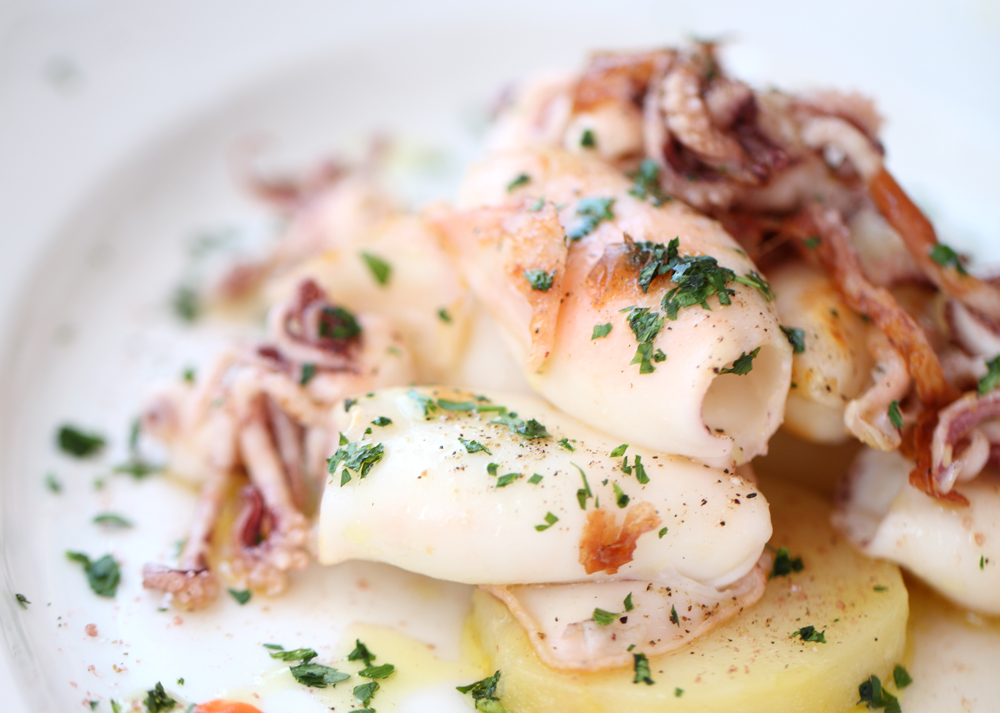
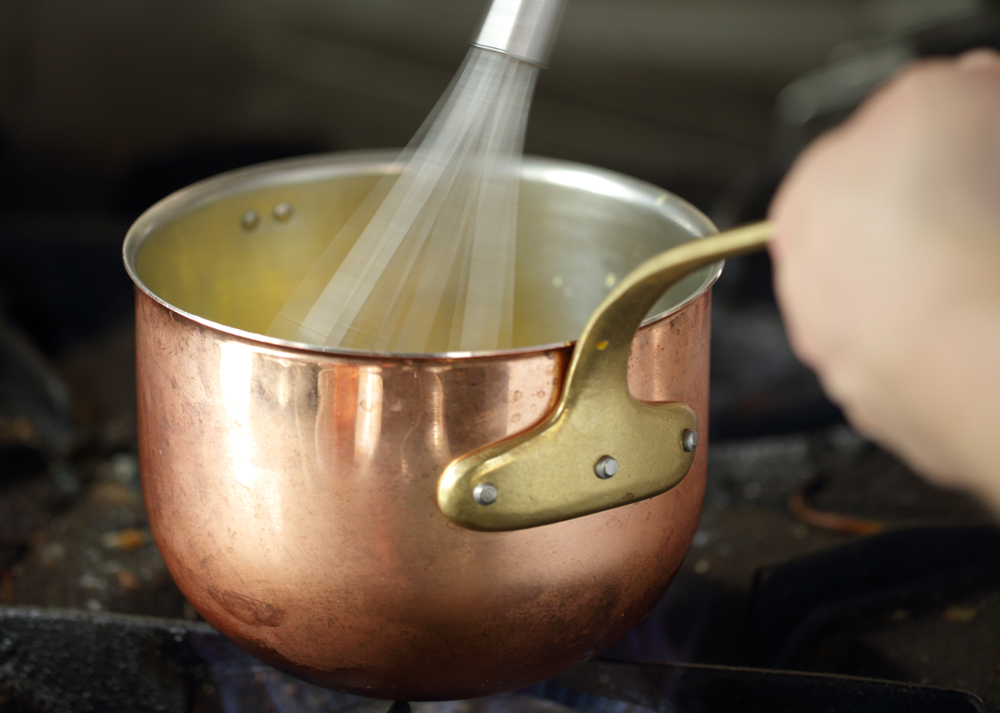
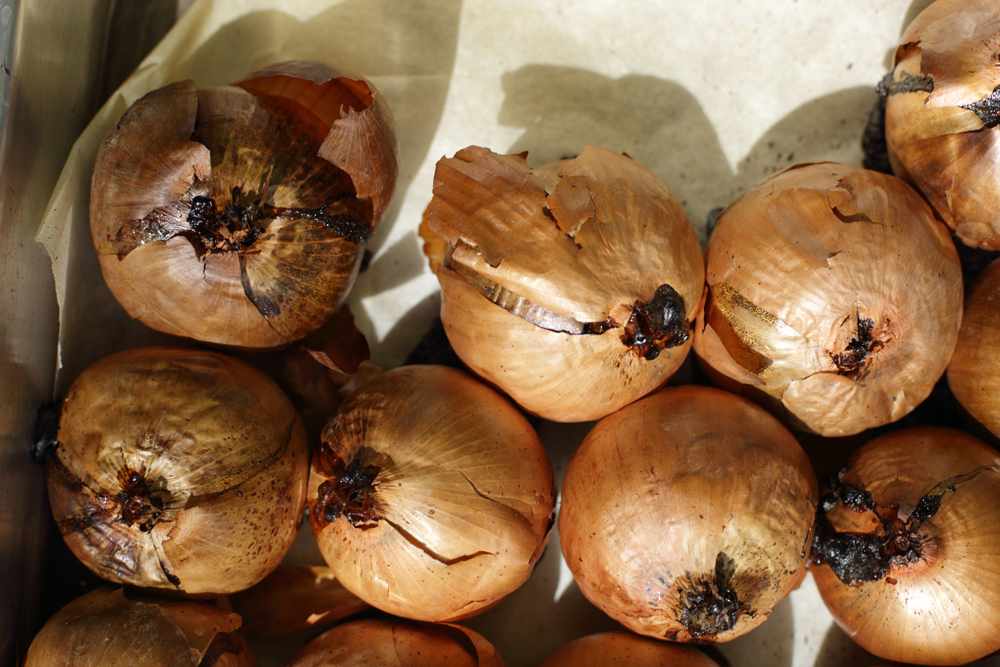
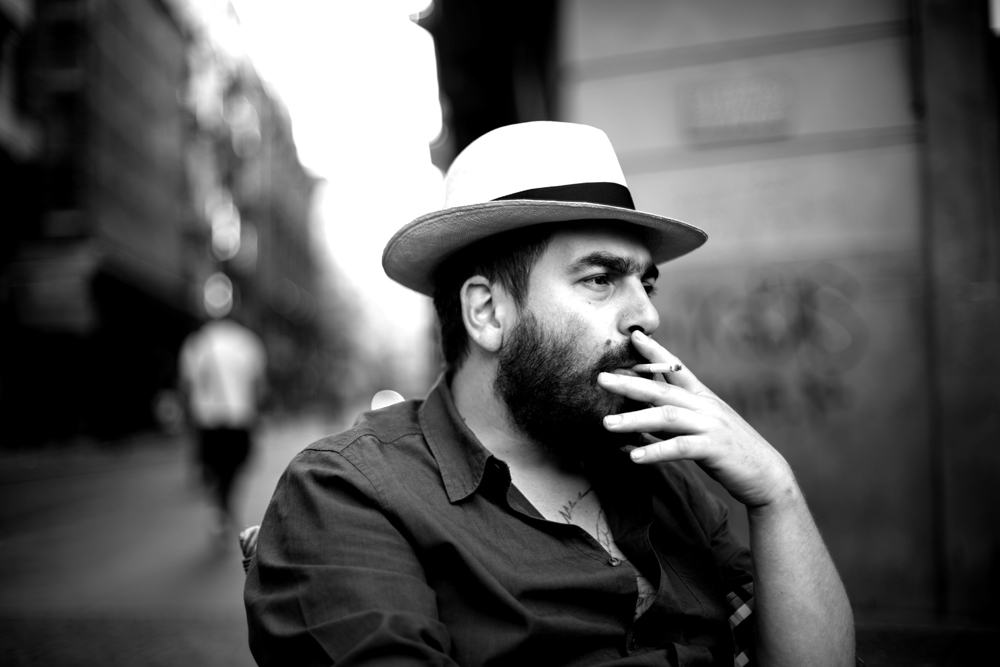
All photographs copyright 2015, Clay McLachlan
Making Fresh Tajarin Pasta by hand with Kids
Learn how to make traditional Tajarin pasta at home
TAJARIN AL 40 TUORLI
Tajarin is the traditional pasta made in the Langhe region of Piedmont, Italy. The pasta is made using flour and eggs. When the pasta is cut more thickly, it is called tagliatelle. We have enjoyed this delicious pasta in every corner of the Langhe and we are proud to have learned the art of making this pasta for ourselves. The best way to master this simple recipe is to make it over and over again so that you become familiar with the feel of the dough. The best quality organic flour and eggs will make this pasta even more spectacular. Different flours dramatically affect the quantity of egg yolks. A simple rule is that the more finely the flour is milled (0 or 00 being the finest) the more egg yolks will be required. Traditionally the recipes calls for 40 eggs yolks to be mixed with 1 kilogram of flour. For this recipe we made enough pasta for six servings of 80 - 100g of pasta per serving.
- 300g Monococco (Einkorn) type 2 Organic Flour and 13 egg yolks (if the dough is too dry, add a tiny amount of egg white or one more yolk)
Weigh your flour with a kitchen scale. Egg yolks vary in size; Egg yolks here (which are a bright orange color) weigh roughly 260g or 20g per egg yolk. Separate the eggs. (You can save the whites in a separate bowl to be used for making meringues). Gently work the egg yolks into the dough with a fork. When the egg yolks are broken and integrated, knead the dough with your hands for approximately or until the dough is stiff. Wrap tightly in plastic wrap and set on the counter at room temperature for at least 30 minutes. Cut off approximately 1/4 of the dough and shape it into a flat rectangle. From this point you may use a rolling pin or a pasta machine. We use a simple hand cranking pasta machine, gently feeding the dough through and folding each time. Stretch the dough out to the second to last setting so that it is quite thin. You may then roll and cut by hand making sure to dust the dough with flour so that the noodles do not stick together. Alternatively, you may use the attachement, as we have done below, to make the perfect cuts.
Put in a container to freeze or cook immediately. Cook for 2-3 minutes in rolling boiling water. Toss with butter, butter and sage, or a ragu sauce. During autumn we simply top this with butter and fine shavings of white truffles that are collected near Villa San Lorenzo. Buon appetito!























All photographs copyright Clay McLachlan and Tamar McLachlan, 2015.




